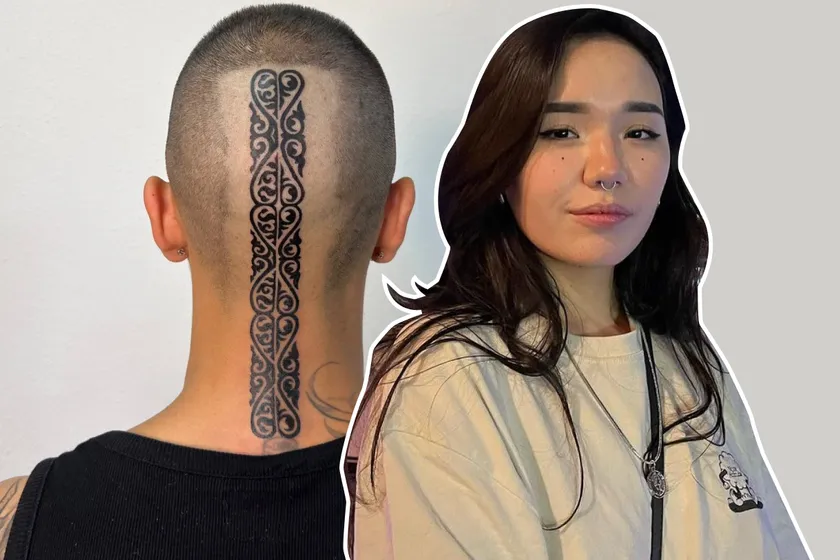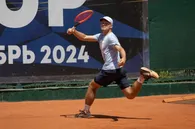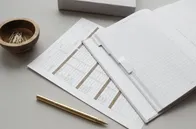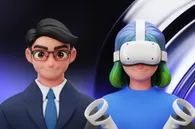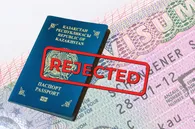Saltanat Kuanova was 19-years-old when a client walked into the Seaport Tattoo studio in Boston without a particular tattoo design in mind. She had been working there as a newbie tattoo artist from Almaty who only did basic designs and was looking for a way to stand out. A perfect opportunity stood before her.
The man agreed to let Saltanat give him a tattoo of a Kazakh ornament, something she had only done back home. The ink left a permanent impression on both the man who would carry a piece of Kazakhstan with him forever and Saltanat who found her creative spark.
Now at 22, she has made a name for herself, even working with popular brands and celebrities like Say Mo, Darkhan Juzz, and ️Jokeasses. Saltanat’s signature art can be found outside the human canvas – on wall art for banks, custom pins, and streetwear.
Saltanat told QazMonitor in an interview that she is happy to be known specifically for her Kazakh-style ornaments. The ink master can proudly say she has achieved her dream that was planted by her friends when she was just a teen.
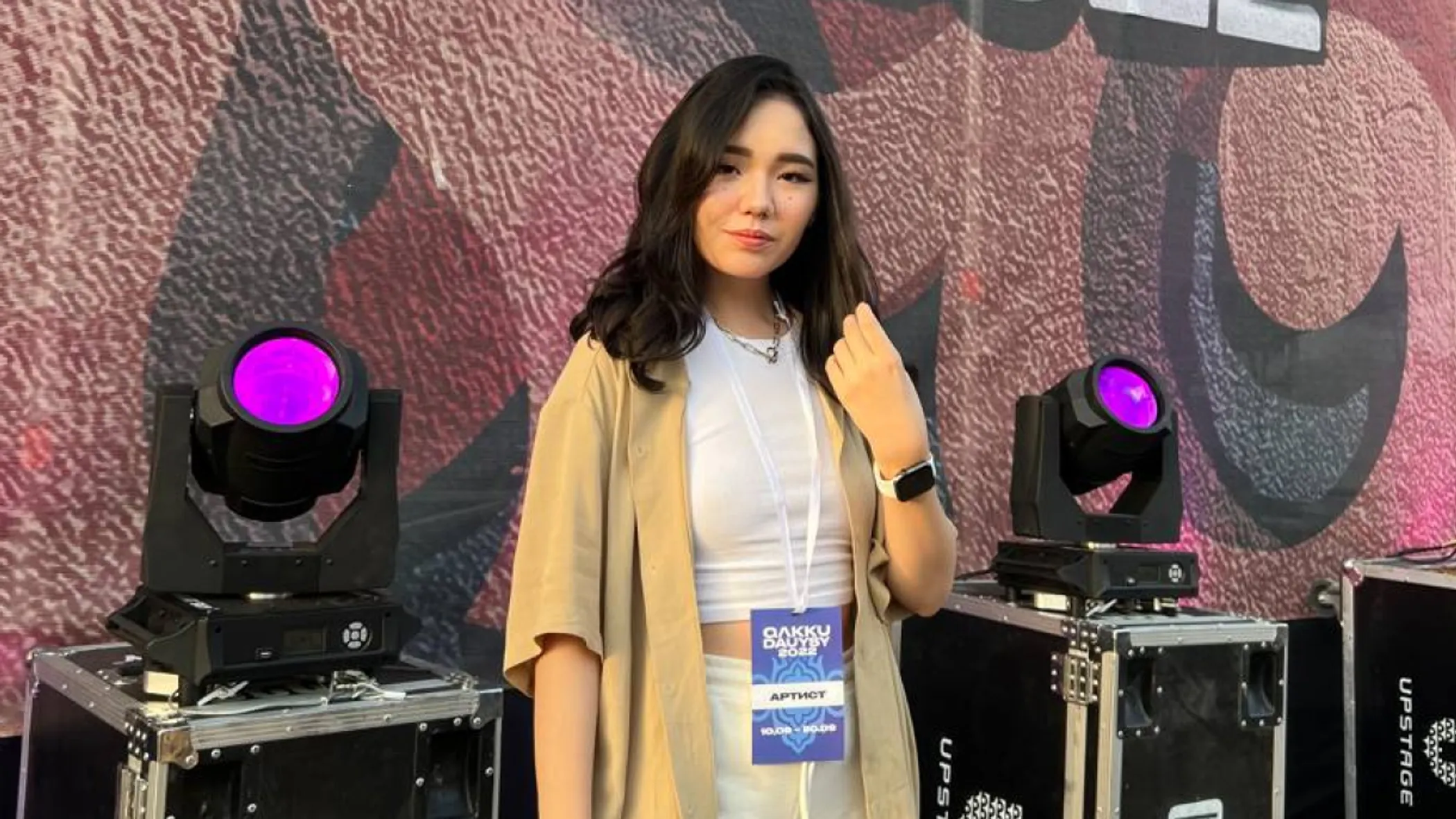
The push from friends
What made you decide to become a tattoo artist?
When I first learned about it… My friends talked to me about it a few times when I was fourteen. I loved to draw even if I wasn't really good at it. I was always drawing. My whole family is a creative bunch – everybody draws and sings and stuff like that. I grew up in that kind of environment.
At one point, my friends kept saying: "It’d be cool if you became a tattoo artist." After hearing it for the hundredth time, I figured, "Okay, I should at least see what this is all about."
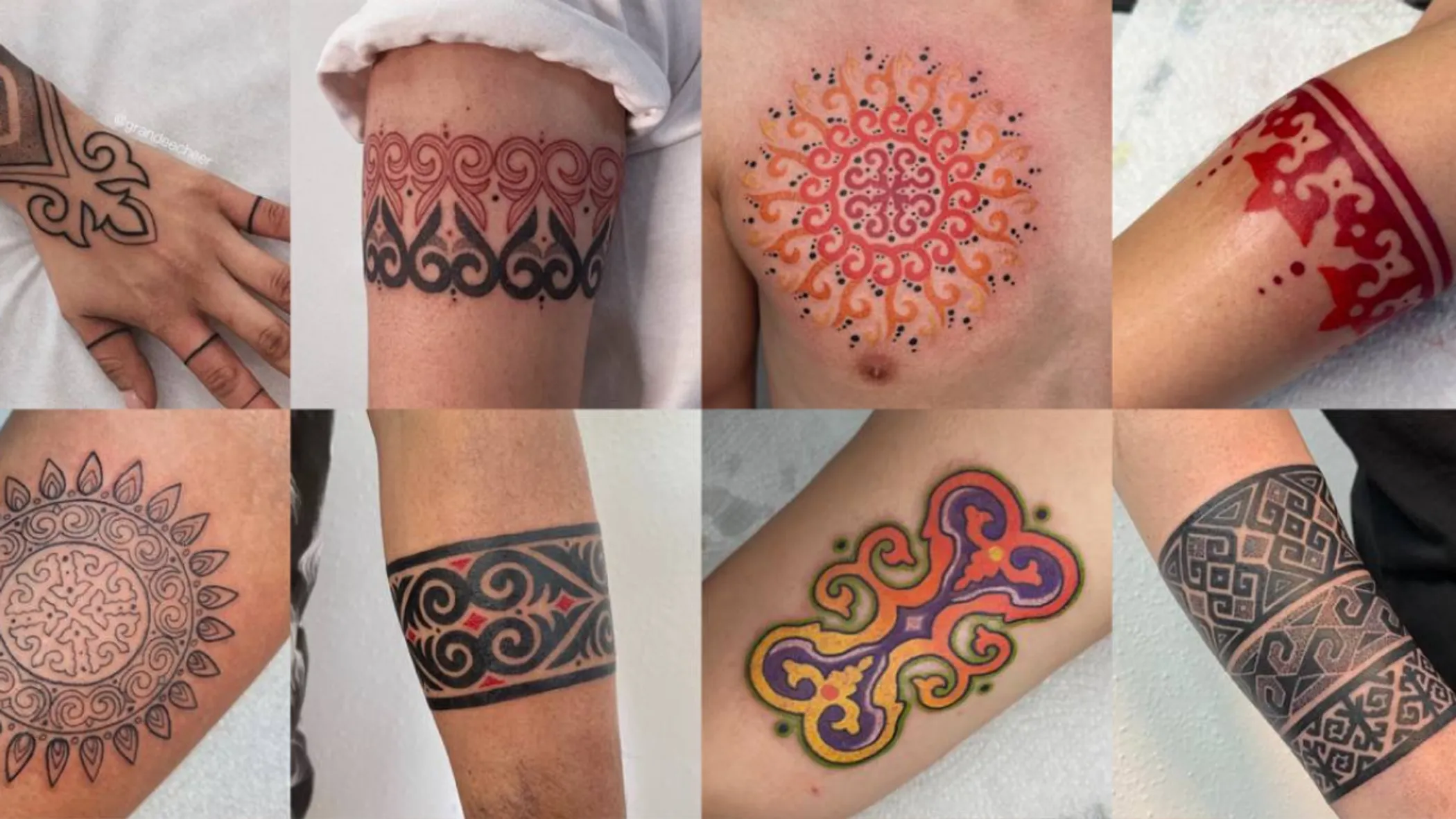
When I learned it was done with a needle, I was shocked. I did my research on the Internet, though there was little information on the subject: the whole process wasn't shown anywhere. But I liked it anyway, and, at age 14, I had a feeling – though I realize now how crazy this sounds – that this is what I wanted to do. I knew I could do it.
By the time I was 16, this thought settled in my mind like a parasite. One day, I coincidentally saw an ad for a tattoo course at Zabey Studio in Almaty. ₸150,000 for a one-month course. Our family wasn’t super rich at the time, so it was pretty expensive.
My mom somehow found the money – she believed in me and knew this was important.
Everyone was an adult there. They were 24 or 25 and I was the only 16-year-old. But I was the only one chosen to work at the studio since I had good results. I worked as an assistant to the masters. They only took on big projects and left the miniature tattoos to me.
Salta who tattoos Kazakh ornaments
Do you remember your first design?
Around a year later, I started making my own sketches. But they lacked coherence. One was a flower, the next was a hand with an eye. Three years later I finally found my style – Kazakh tattoos. Then my works became more coherent, unique, and just the overall quality went up.
You mentioned that you adopted Kazakh-style tattoos as your main style after working at a tattoo studio in Boston. What was the turning point?
I did a couple of works even before America. I hadn’t given it much thought; I just had a few clients come in asking for a tattoo of a bracelet or a pendant. There was one client who wanted an exact copy of her grandmother's pendant.
When I came to the States, I realized, “I am a tattoo artist from Kazakhstan – why am I doing the same thing as the masters here?” When you're living abroad you always want to share things about your country with others. That included my work, so I designed a Kazakh tattoo for one client.
I just asked: "Would you like to get a Kazakh tattoo?" Even though the client was from Brazil and hadn’t any connections to Kazakhstan, he just went, "Okay, let's do it." I designed a Kazakh ornament and it was overwhelming. I came to the States and left a lasting mark. I wasn’t just a tattoo artist – I contributed to our history, to our art.

After I got back from the States, I started encouraging clients to try it out. I was “yelling” on Instagram: "Let's do a Kazakh ornament!" Mostly I was told “no” or that "it looks like a carpet." They didn’t get it.
Now I get messages every day – it blows my mind. Only three years have passed, but the attitude has changed so much. In that time, we got Qazaq Republic [a clothing brand], and Kazakh TV shows and music became a thing.
A year after the States, I left Zabey Studio. I understood I wanted to work with this specific style. Until then, I would take designs from the Internet and tweak them a bit.
Now it’s easier for people to distinguish me as an artist. I’m not just Salta the tattoo artist – I’m Salta who tattoos Kazakh ornaments.

A piece of jewelry
How does the design process usually go?
Usually, a person comes in with a general concept of what they want. Or at least where they want it. That gives me clues and usually that's enough for me to offer my own options… I show clients similar works that either I made or found on the Internet. Then I proceed to make some rough sketches while the client provides feedback. I make more and more detailed sketches at each stage, and in the end we have two or three choices that we both like.
In one of your posts, you mentioned that you used to be wary of working with colored tattoos. Do you mind sharing the reasons why?
I've had a lot of insecurities about my art. [For example] I had this thought that the ornaments are sort of my safe zone. Picking a color is tricky and applying it correctly, especially in a tattoo, is a difficult thing to do professionally. And I’m the kind of person to get really steamed up about the quality of my work.
The more I advanced in my career, the more popular I became, the more scared I was to do something I wasn’t completely confident in. I already made a name and had responsibility. People were coming to me knowing that everything would be high quality. But at some point, I overcame that fear.
I have a friend who is excellent at color tattoos – she taught me how to do it. I eventually got over myself and took on the work. And it was actually really cool. I liked it. I’ve been doing it more often now.
Do you put some significance to the meaning of a tattoo?
I’m not a huge fan of meaning, but there’s a lot of it in Kazakh ornaments. There’s one in every spiral, in every corner, and even the choice of color has some meaning. I have a simpler approach. For myself… I choose based on what I like. But, of course, if a client wants to I would explain the meaning behind the ornament and help them incorporate it into the sketches.
What I appreciate the most about a tattoo is that it “decorates” the body.
I prefer the ornamental style because it reminds me of a piece of jewelry or clothing. Ornaments and abstracts can beautifully accentuate the shape of the body.
